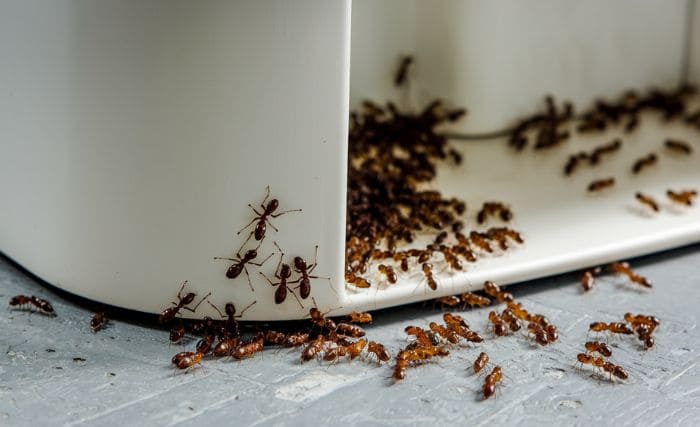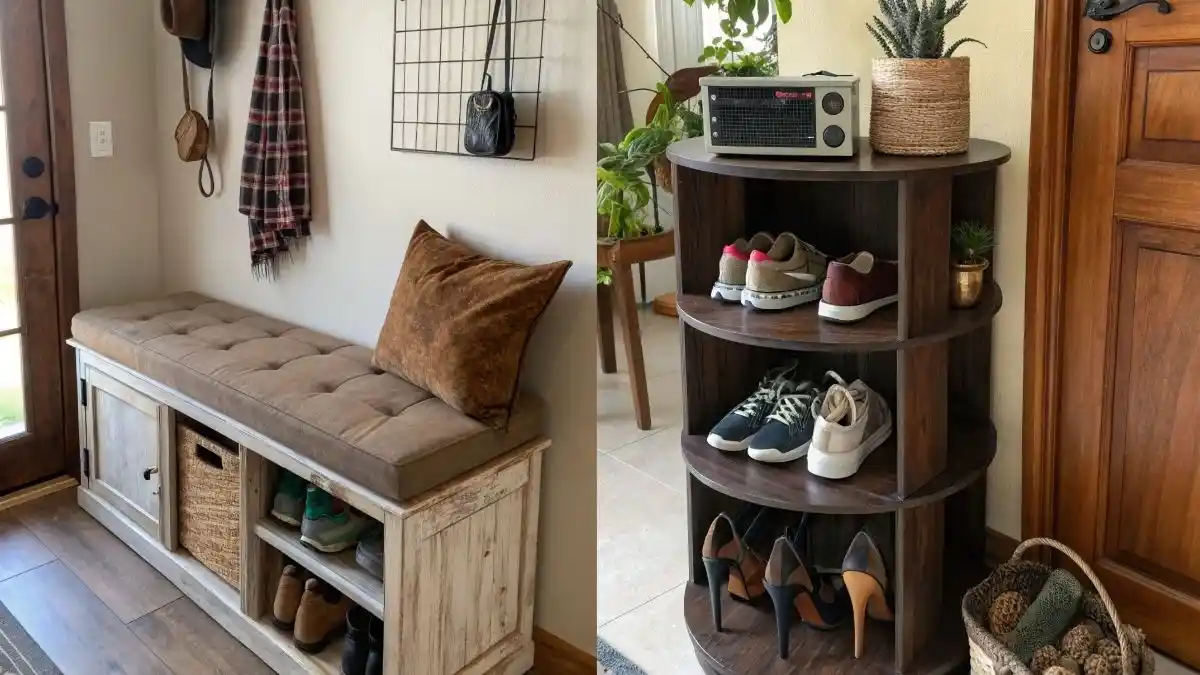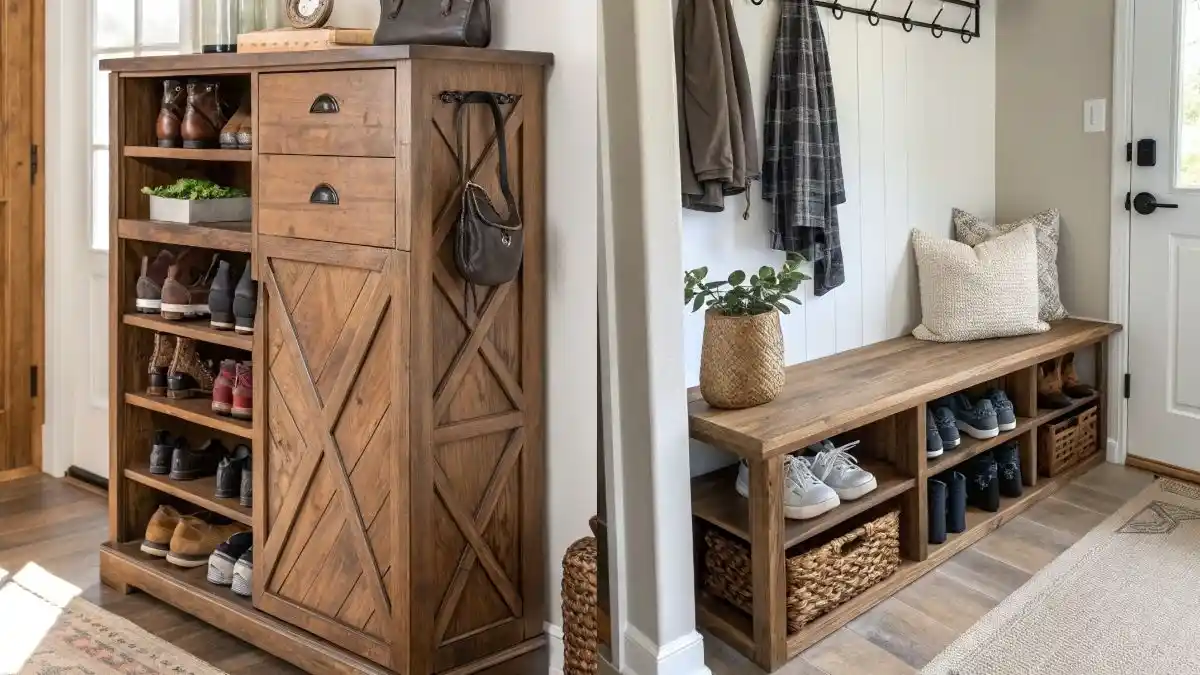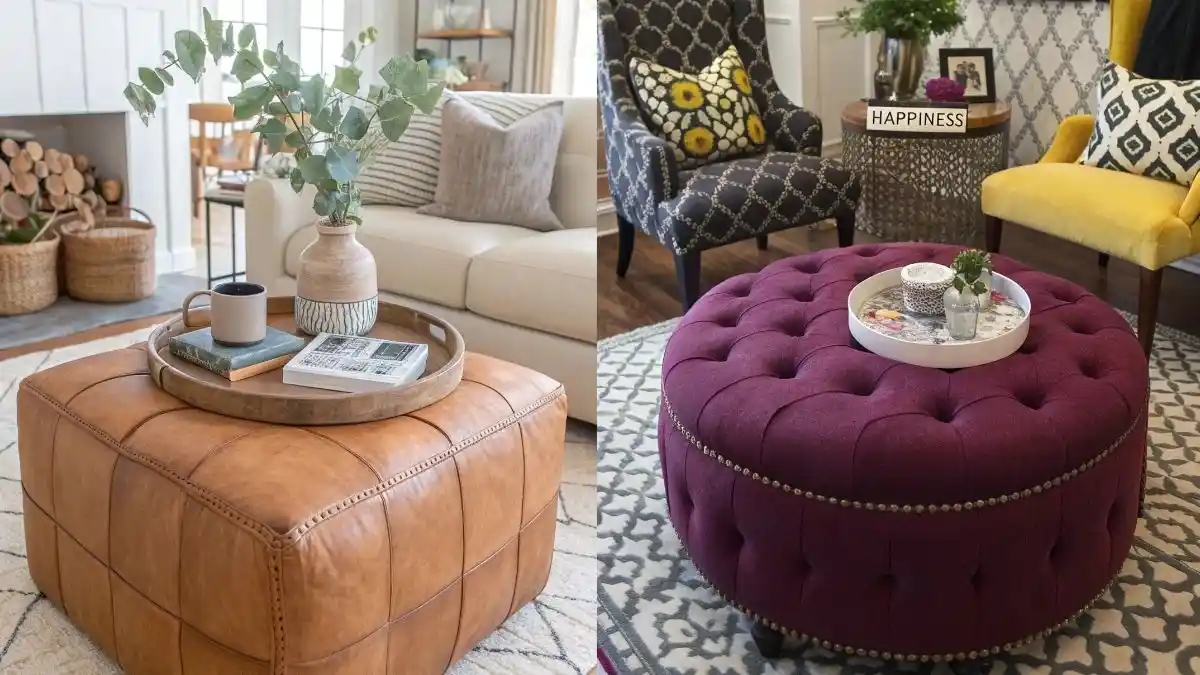Ugh, been seein' them tiny ants crawlin' around your sink lately? I know, it's gross. Figuring out how to get rid of tiny ants in the bathroom ain't always easy, but trust me—it ain’t impossible. I had the same issue, and with a few easy tricks, they was gone real quick. In this post, I’m gonna show ya what actually works so you can stop freakin’ out every time you see one. Let’s kick them ants outta your bathroom for good.

Why Even Are There Tiny Ants in the Bathroom?
Before tryna get rid of ‘em, gotta figure out why they there in the first place. Turns out, your bathroom’s kinda like a 5-star hotel for ants.
1. Moisture. Like, a Lot of It.
Ants love water. And your bathroom? Kinda full of it. Leaky faucets. Damp floors. Showers. Steam. Boom—ant heaven. They ain't tryna party, they just thirsty.
2. Weird Food Stuff
You might think, “Ain’t no food in here,” but guess what? Ants eat all kinda stuff. Toothpaste blobs, soap scum, hair gunk, dead skin (ew, I know). Basically, if it’s gross, they’re into it.
3. Easy In, Easy Out
Bathrooms got all these cracks and gaps. Tile cracks. Open vents. That weird space behind the toilet. Pipes. All those spots are like front doors for ants. Super easy access.
How to Identify the Type of Ant
Knowing what kind of ants you’re dealing with can help you eliminate them more effectively.
Common Types of Tiny Ants
Here are some common types of tiny ants you might find in your bathroom:
| Ant Species | Identification Markers | Habitat tends to be indoors due to |
|---|---|---|
| Odorous House Ants | Brown or black, smell like rotten coconut when crushed | Moisture and food |
| Ghost Ants | Pale, almost translucent bodies; dark head and thorax | Moisture and sugary foods |
| Pharaoh Ants | Light yellow or reddish | Water and food |
Okay But…What Kind of Ants Are These?
Not all ants are the same. Knowing what kinda ant you got makes it way easier to deal with them.
Odorous House Ants
Smash one (yikes) and if it smells like a rotten coconut (yeah, really), that’s them.
Ghost Ants
Tiny lil things with a pale see-through body and a darker head. Super annoying.
Pharaoh Ants
These ones are yellowish or kinda reddish. Real small. Real sneaky.
You might need to squint, but trust—it helps knowing what you're dealin’ with.
First Things First – Immediate Actions
Alright, now that we know why they’re here and what they are, let’s move on to what to do. Like, right now.
Clean Like Crazy
I ain’t talkin’ about just wiping the mirror. Really clean. Here's how:
-
Mix up some water and vinegar. Wipe down all surfaces.
-
Scrub off toothpaste and soap goo—ants love that stuff.
-
Empty the trash. Like, every day. Wipe the can too.
Ants follow scent trails. You wipe those, they lose the trail.
Use Ant Bait (Don’t Skip This)
Those store-bought ant baits? Kinda magical. Put ‘em where you see ants. They carry it back to the colony, and boom—problem starts goin’ away.
Important: Don’t kill the ants you see. Let ‘em take the bait home. I know it’s hard. Be patient.
Long-Term Fixes (So They Don’t Come Back)
Now we handle the real stuff. You want them gone for good? Do this.
Seal All the Entry Spots
Get caulk. Get sealant. Fix things up. Check:
-
Around pipes
-
Behind the toilet
-
Around windows
-
Floor cracks
Even the smallest gap—block it.
Dry It Out
Humidity? Nah. Ants love damp. Dry it out like this:
-
Use the exhaust fan every time you shower.
-
Fix all leaky stuff. Faucets. Pipes. Whatever.
-
Got a window? Open it. Or use a dehumidifier.
No moisture = no ants.
Keep It Up
You can’t do it once and forget. Stay on it. Here’s what to keep doing:
-
Wipe counters with vinegar every couple days.
-
Clean the trash bin, not just take out the trash.
-
Pour baking soda + vinegar down the drain weekly. Clears gunk + smell trails.
Wanna Go Natural? Here’s Some DIY Fixes
Not everyone wants chemicals. Totally get it. These natural ways work too. Just need more patience.
Essential Oils
Certain essential oils can repel ants:
| Oil Type | Application Method |
|---|---|
| Peppermint Oil | Mix with water and spray around the room |
| Tea Tree Oil | Combine with water and use as a surface wipe |
| Lemon Oil | Dab onto cotton balls and place in ant-prone areas |
Diatomaceous Earth (DE)
Fancy name, simple use. It’s a fine powder that kills ants by drying ‘em out. Sprinkle it around baseboards, entry spots, corners. Safe for pets and people (just don’t go snortin’ it).
Vinegar Spray
Mix half vinegar, half water. Spray anywhere ants been or might go. Doesn’t kill ‘em, but messes up the scent trail. No trail = no traffic.
Essential Oils (They Hate It)
Ants hate peppermint oil, tea tree, citrus. Mix a few drops with water in a spray bottle. Spray wherever. Smells nice too.
When DIY Ain’t Cutting It
Sometimes you try all the things and them ants still partyin’ in your sink. Then yeah, it’s time to call in backup.
When to Call a Pro:
-
You tried everything and they still showin’ up.
-
You can’t find where they’re comin’ from.
-
You’re seeing lots of ants. Not just a couple.
What They’ll Do:
-
Check out your whole bathroom (maybe even the house)
-
Find the exact type of ant
-
Use pro-grade stuff to wipe out nests, not just the wanderers
-
Seal things up better than you can
Might cost a bit, but it’s worth your sanity.
How to Stop ‘Em from Coming Back Ever Again
Killed ‘em? Good. Now let’s keep it that way.
Don’t Leave Food or Trash
Even in the bathroom, don’t leave wrappers or snacks (some of y’all snack in there, be honest). Empty bins daily. No standing water either.
Clean Surfaces Daily
Wipe it all down. Even if it don’t look dirty. Every. Single. Day.
Do Quick Checks Weekly
Peek under the sink. Check behind stuff. Look for trails or stragglers. Catch it early before it becomes a whole thing again.
Bonus Tricks (Weird But Work)
Chalk Lines
Draw a line of chalk near entry spots. Ants don’t like walking through chalk powder. Why? No clue. But it works.
Used Coffee Grounds
Strong smell = ants back off. Sprinkle ‘em near baseboards, window sills, corners.
Borax + Sugar
DIY bait. Mix Borax and powdered sugar 1:1. Put a lil bit on a flat lid or foil. Place where ants hang out. They’ll take it back and boom—bye colony.
Final Thoughts (Aka: You Got This)
Look, dealing with ants in the bathroom? Annoying. But not impossible. You don’t gotta live like that. Whether it’s cleaning better, sealing stuff, using bait, or calling pros—now you know how to get rid of tiny ants in the bathroom.
Just be real: this ain’t a one-and-done deal. Gotta stay on it. But trust me—it gets better. And hey, at least now you’re ready, right?
No more surprise 6-legged guests when you brush your teeth.
Happy squashing. Or baiting. Or spraying. Whatever works.









